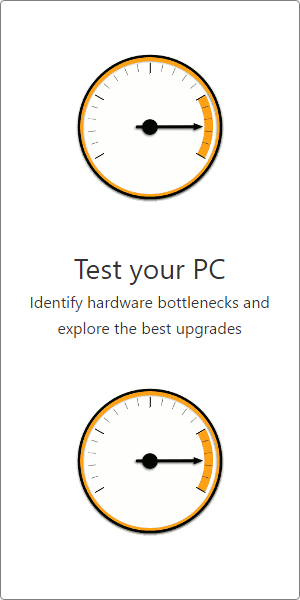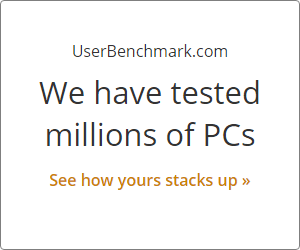Effective Speed
+3%
Poor: 105%
Great: 123%
SPEED RANK: 39th / 1463
Poor: 101%
Great: 120%
SPEED RANK: 50th / 1463
| Effective Speed
Effective CPU Speed |
114 % | +3% | 110 % |
Average Score
+7%
Overclocked Score
+8%
Value & Sentiment
+1,149%
Nice To Haves
+18%
Specifications
Conclusion
Average Bench 114%
Average Bench 110%
User Builds
25
4,061
Systems with these CPUs
Top Builds that include these CPUs
Frequently Asked Questions
Processors FAQ
ALL FAQs »

 CPU
CPU
